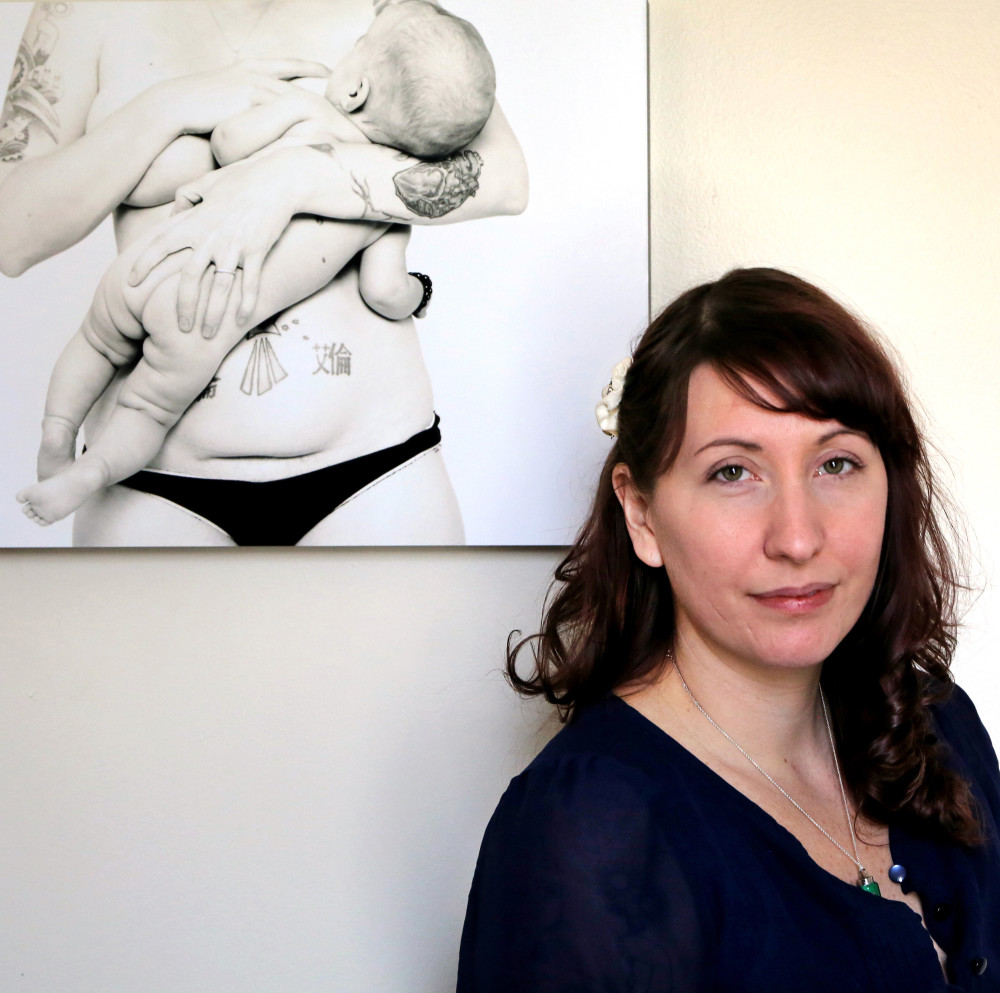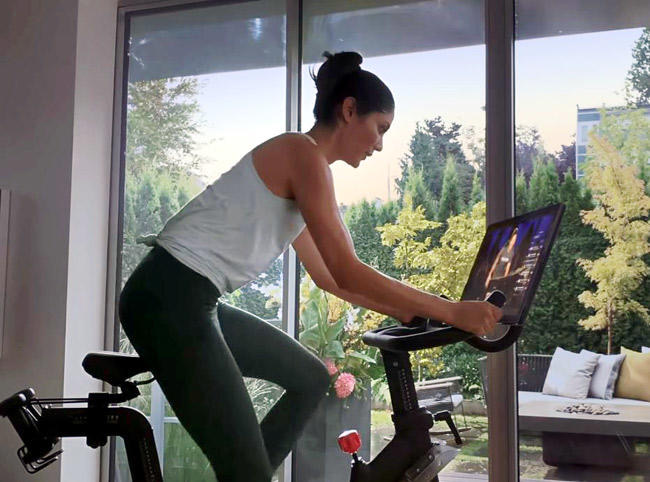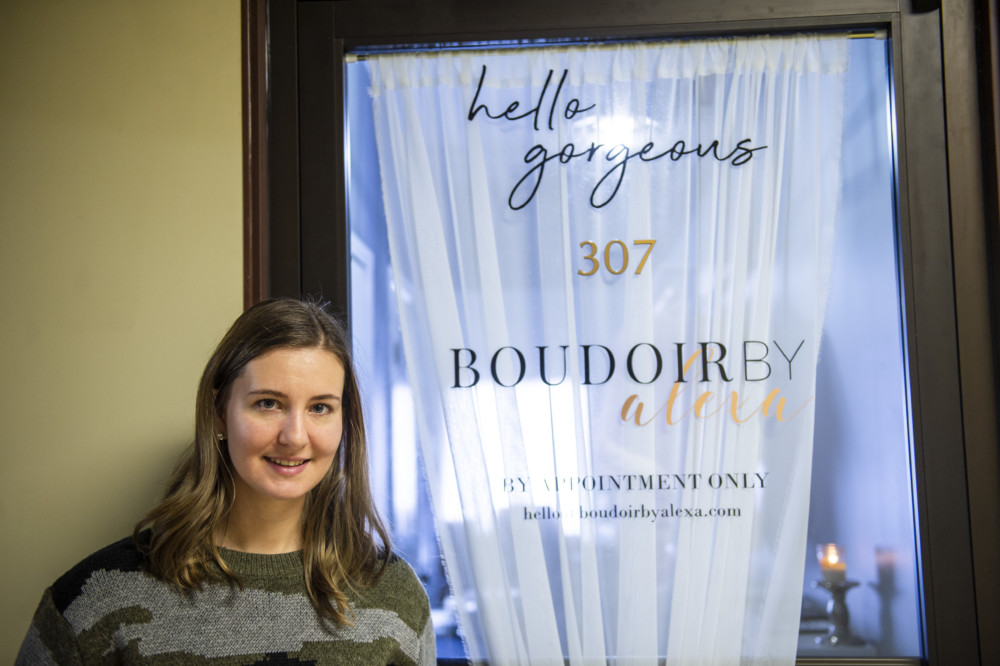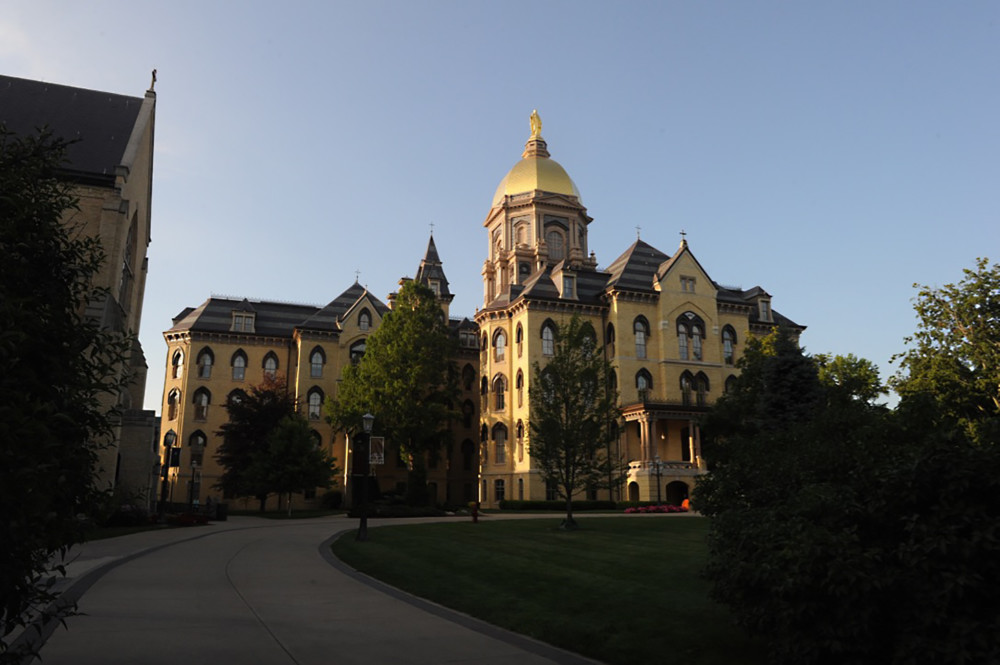By Heidi Stevens
Chicago Tribune.
Ashlee Wells Jackson was finalizing details for her wedding when she discovered she was pregnant.
“We were very excited,” Jackson, 32, says. “We had planned to wait a while to add to our family. But timing has its own ideas sometimes.”
A trained photographer, Jackson was a relatively new business owner at the time, having launched Windy City Pinup, a vintage-inspired boudoir photo studio she runs out of her Chicago two-flat.
She was also mom to Xavier, her son from her first marriage. The idea of more children was a joyful one.
Her first ultrasound was scheduled for the morning of her wedding: Aug. 17, 2012. Her soon-to-be-husband, Jeremy, her sister, Olivia, and Xavier, 6 at the time, accompanied her.
“We learned we were having twins,” she says. “Which was amazing. The tech wrote down on a slip of paper the gender, so at our reception that night we were able to find out, in front of our family and friends, that they were both girls. It was one of the most magical moments of our lives.”
The newlyweds took a two-week honeymoon, camping in and around Yellowstone National Park. They named their daughters Aurora and Nova. “It was bliss,” she says.
But it didn’t last. “We came back home and had another ultrasound, and we learned they were dying.”
Aurora and Nova had twin to twin transfusion syndrome, a disease that occurs when a connection forms between the fetuses’ blood vessels in their shared placenta. Jackson and her husband were given three options: terminate the pregnancy, selectively abort one of their daughters or drive to St. Louis for an experimental procedure that offered about a 50 percent chance of success.
“But if we did nothing, there was a 100 percent chance they’d both die,” she says.
The surgery saved Nova’s life, but Aurora died shortly afterward. Jackson carried her twins to 24 weeks, when they were born during an emergency cesarean section. Nova weighed 1 pound.
“That pregnancy and loss was the first time I felt like my body had failed me,” Jackson says.
Suddenly she could relate to the women who would come to her studio, angry and frustrated at their bodies for not looking a certain way, for letting them down in both real and perceived ways.
“I knew I needed to change the dialogue for myself, and I felt like I needed to change it for other women,” she says. “I wanted to help women feel whole and see themselves as whole and see that their journeys, whether they’ve had triumphs or setbacks, are beautiful and amazing things.”
So she launched her next venture. The Fourth Trimester Bodies Project is a photo series of women whose bodies and lives have been forever, beautifully, altered by childbirth. Jackson runs the project with her business partner, 29-year-old Laura Wilson.
This is an edited transcript of our recent conversation.
Q: How soon after Nova’s birth did you start the project?
A: About five months after she came home I did a self-portrait and put it out there and kind of just said, “Who’s with us?” In the past 19 months we’ve photographed over 700 women (most in and around Chicago).
Q: How do you decide who to shoot?
A: The project is fully funded by donations, so women can go to the site and select “make a donation” and register themselves for a shoot. We also offer three to four scholarships per month for women who want to tell their story but can’t afford a shoot. We base those on the richness of each applicant’s story, whether they have a happy sunshine-and-rainbows story or something we haven’t been able to talk about yet or recently. A lot of our survivor stories come through our scholarship applicants.
Q: Do you shoot women in their homes?
A: We do all the shoots here (in the Chicago studio). If we’re on the road we’ll rent an Airbnb or vacation rental. We do seven to eight sessions a day for three to five days on the road.
Q: What larger story are you trying to tell?
A: Our largest mission is just getting images out there of what women actually look like. As a photographer who’s a woman and who works with women, it’s been really frustrating to have gorgeous, amazing women walk through my door and expect that I’m going to nip and tuck them so they look like the women on magazine covers. So many people don’t understand that the girl on the cover of the magazine doesn’t look like the girl on the cover of the magazine. That’s not only good lighting and costuming and careful shooting, that’s a lot of post-work to turn her into an ideal, rather than an actual person. We really want to get honest images out there.
Q: That’s especially true of mothers, right?
A: We started to work with mothers because I’m a mother, and it hits home for me. But also because I feel like the pregnancy and postpartum transition is a time when most women have the hardest time with their physical selves.
Q: How do you get women to relax in front of the camera?
A: Everyone who shoots with us is nervous when they walk in the door. There isn’t one singular thing I tell them to help them relax; it’s really the process as a whole that we’ve created to do that. We are able to spend plenty of time getting to know the women we work with during their sessions before they’re ever in front of the camera, and at that point the atmosphere has generally shifted to the excitement of telling their stories and celebrating why they’re with us. When it’s time for the official portraits, women who shoot with their children are encouraged to turn the focus there.
Q: Do you have a favorite shoot?
A: Everybody imprints on us. The women come in here really ready to be open and celebrate themselves, whether they’re overcoming trauma, whether they’re at the beginning of a journey or the end. We’ve worked with loss moms who have lost and are grieving the only child they’ll ever have. We’ve worked with my friend in Valparaiso who’s a bio-adoptive mom (meaning she has biological and adopted children) of nine and she’s pregnant with her 10th. We’ve worked with very typical families with very typical setups. They’re all beautiful and all deserving of having their stories shared.
Q: What artists inspire you?
A: Mary Cassatt, Annie Leibovitz and Sylvia Ji are some of my favorites. My truest inspiration comes from the women that I get to work with every day. This particular work was founded with the intention of creating the legacy my daughter cannot build herself and changing the dialogue on how women are viewed by society as well as ourselves, but the women who are now part of it are the driving force. Their beauty and bravery have given me more inspiration than much else in life thus far.
Q: What’s next? Do you have plans for a book?
A: Our first book will be out in May. We signed with a really amazing hybrid model publishing house that gave us a lot of creative freedom. We’ve committed to three volumes. By 2016 I may be ready to move onto the next thing. Working with women and supporting women through creative and emotional means will always be my passion, so whatever’s next will encompass those things.

















































































































































































































































































































































































